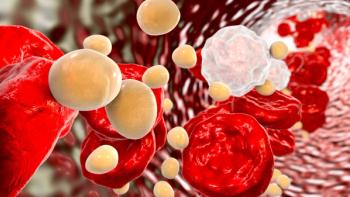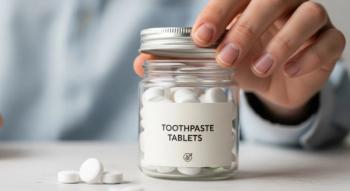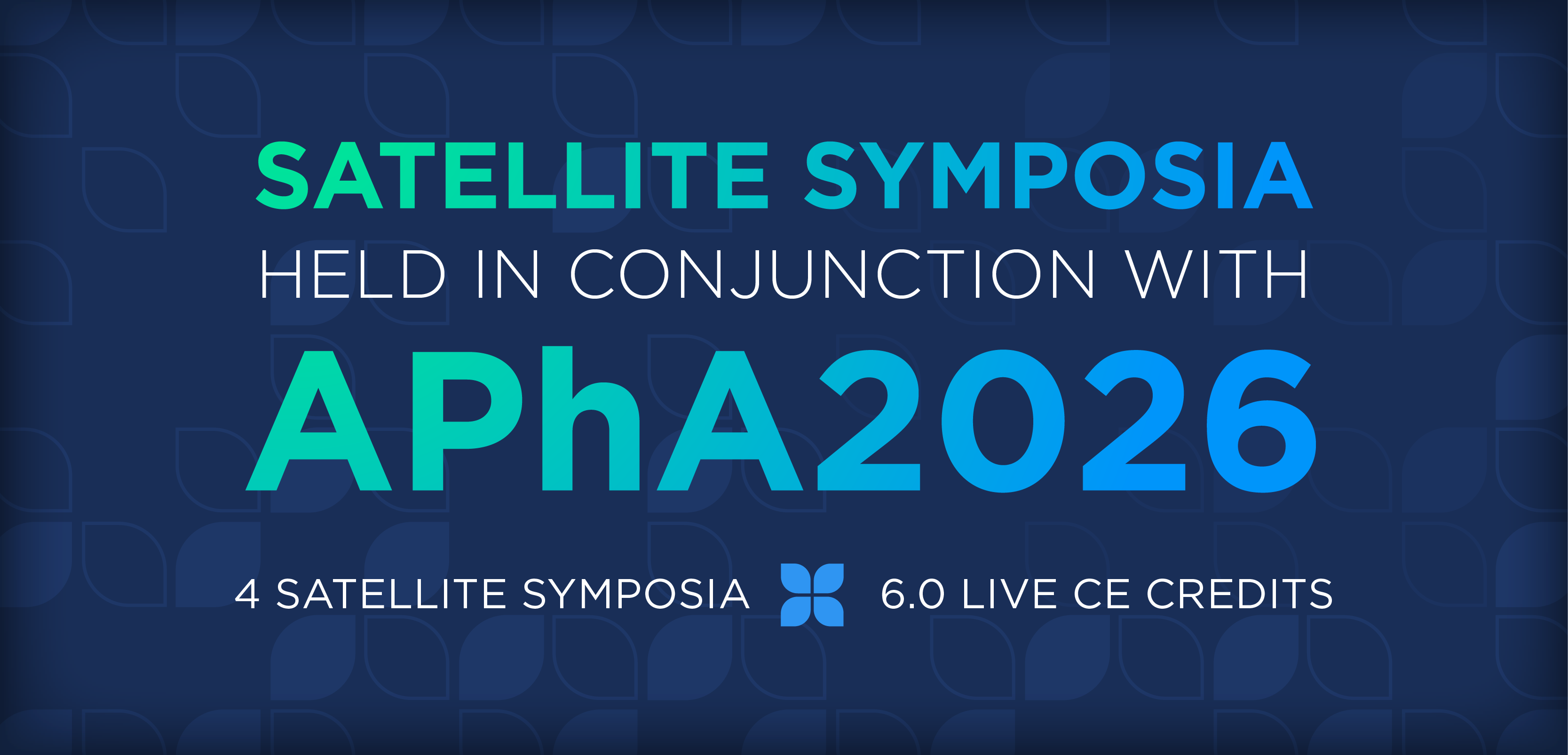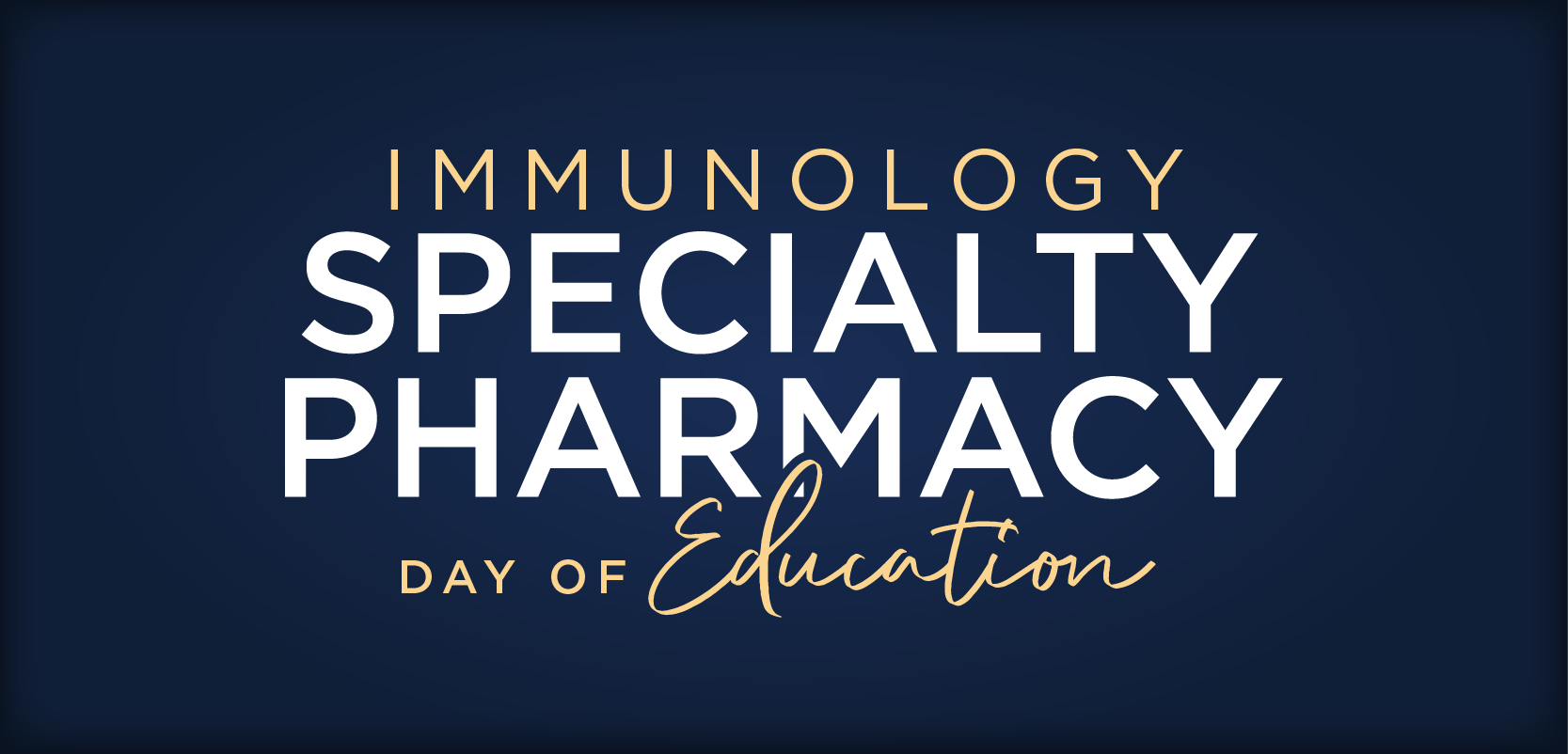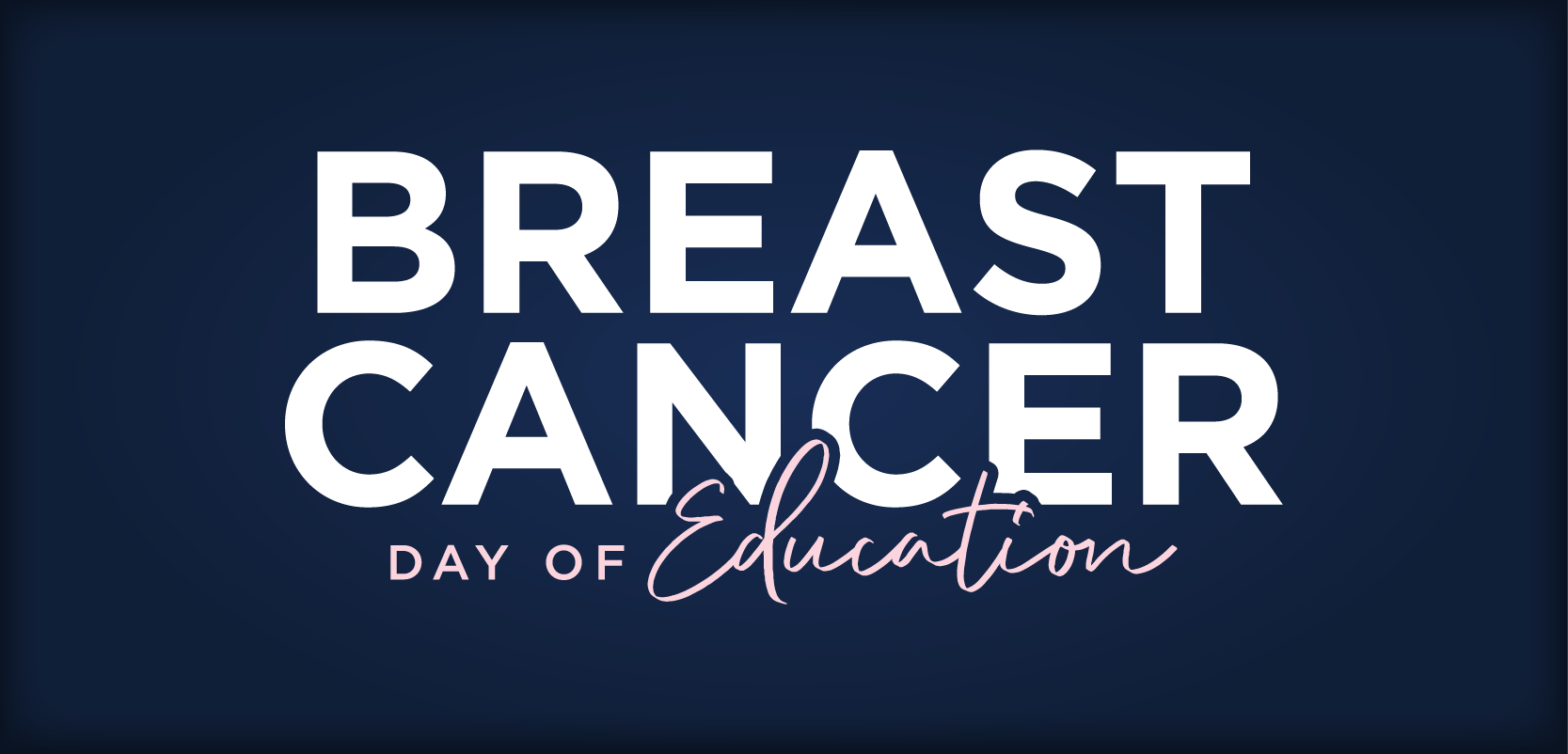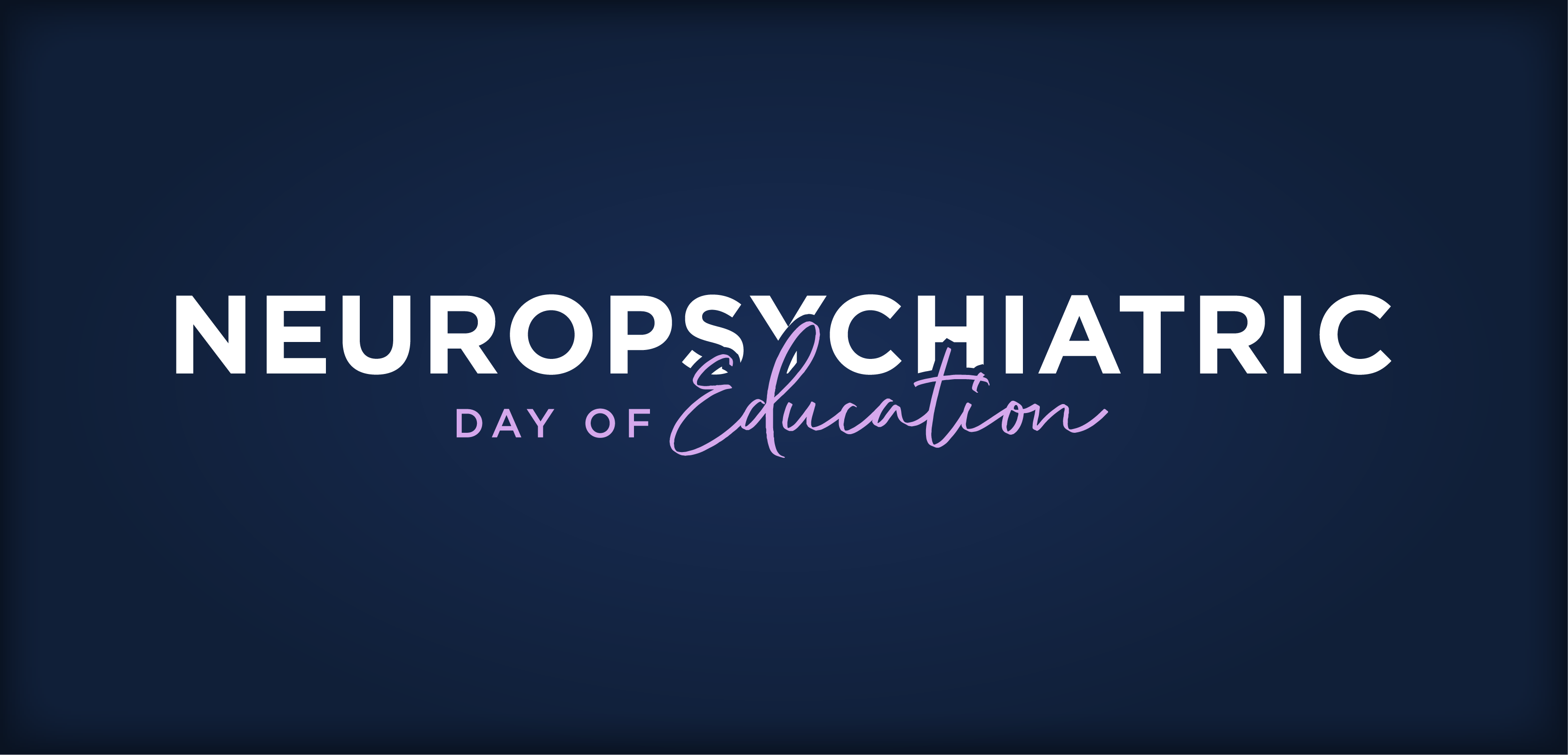
Combining Drugs in Nanoparticles Improves Cancer Treatment
New approach seeks to overcome chemotherapy resistance in cancer cells.
A new approach that activates both cancer drugs together in a single nanoparticle may help in the treatment of the disease, a study published in ACS Nano found.
Prior studies using drug combination therapy have shown varying results, but a new approach may prove more successful in cancer treatments by activating both drugs in the same nanoparticle. A team of mathematicians developed a mathematical model using algorithms to define the phenotypic cell state transitions of cancer cells in real-time when they’re under attack by an anticancer agent.
Through this, researchers were able to identify the exact molecular behavior and pathway signals that give cancer cells the ability to become resistant to treatment over time.
“Only recently have we begun to appreciate how important mathematics and physics are to understanding the biology and evolution of cancer,” said lead mathematician Mohammad Kohandel. “In fact, there is now increasing synergy between these disciplines, and we are beginning to appreciate how critical this information can be to create the right recipes to treat cancer.”
The results of the study showed that PI3K/AKT kinase, which is typically over activated in cancers, allows the cells to become resistant when attacked with chemotherapy. These findings showed there are vulnerabilities to
“We were inspired by the mathematical understanding that a cancer cell rewires the mechanisms of resistance in a very specific order and time-sensitive manner,” said lead researcher Aaron Goldman. “By developing a 2-in-1 nanomedicine, we could ensure the cell that was acquiring this new resistance saw the lethal drug combination, shutting down the survival program and eliminating the evidence of resistance. This approach could redefine how clinicians deliver combinations of drugs in the clinic.”
Inspired by computer models, bioengineers built a single nanoparticle that exploits the supramolecular chemistry technique. The nanotechnology allowed scientists to create cholesterol-tethered drugs together from Tetris-like building blocks that self-assemble. The researchers incorporated multiple drugs into individual nano-vehicles that target tumors through the leaky vasculature.
The 2-in-1 strategy prevents cancer cells from becoming resistant to treatment right from the beginning. The scientists used mouse models of aggressive breast cancer to confirm their predictions from the mathematical model that both drugs needed to be delivered in the same cell.
Newsletter
Stay informed on drug updates, treatment guidelines, and pharmacy practice trends—subscribe to Pharmacy Times for weekly clinical insights.

